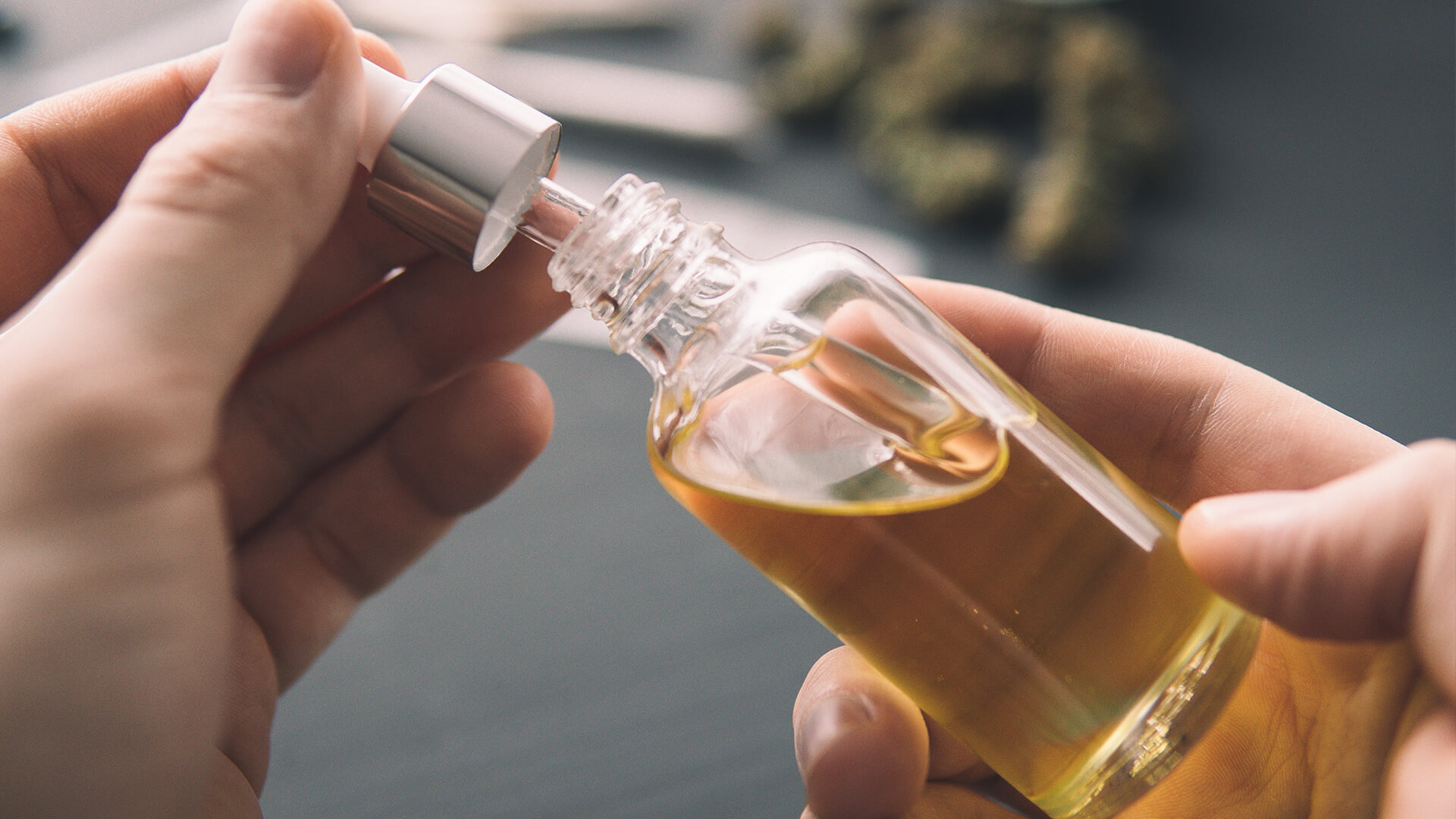
Nawan Butt, Portfolio Manager of The Medical Cannabis and Wellness UCITS ETF (CBDX) says the second half of 2020 is looking positive for the Cannabis market as it is set to benefit from major catalysts on a macro and company specific level.
On a macro basis, he expects Cannabis to be a key talking point in the US Presidential election in November, and through the Democrats, it predicts greater long-term support for either or both of the SAFE and STATES Acts, which will help strengthen medical cannabis businesses in the US. (1)
In addition to this, he says multiple companies continue to commercialise their medical cannabis and CBD wellness strategies as key markets and research projects come online.
Nawan Butt, Portfolio Manager of CBDX, The Medical Cannabis and Wellness UCITS ETF said: “Under current regulations it is difficult to measure the appetite for cannabis investments in the United States. Due to their inability to invest in cannabis, US investors have found the next best associated growth vertical to capitalise on this opportunity.
“Ancillary businesses have seen massive demand as a high growth sector of the economy. Despite the current climate we have seen large equity capital financings close for ancillary plays including Industrial Innovative Properties Ltd (IIPR – a leading cannabis greenhouse REIT) and GrowGeneration (GRWG – cannabis hydroponics supplier). Both these financings were completed in excess of their original size, and anecdotally were 5x and 3x oversubscribed respectively. These anecdotes speak to the pent-up demand for growth stocks which is currently unavailable to many investors.” Said Butt, of CBDX, Medical Cannabis ETF
Commenting on the performance of the Cannabis market in 2020, he said the first six months show a great test of resilience for nascent industries in high growth verticals such as cannabis. The sector as a whole experienced a similar fate to other high-growth vertical but has come to outperform broader market indices such as the S&P 500 and the FTSE 100[1].
The underlying problem caused by the pandemic is the disruption of business as many industries experiences a stop in earnings with mandated shutdowns. Falling under the umbrella of medical services, most of the cannabis sector remained unaffected and continues with jobs and earnings growth.
However, within underlying sub-sectors, he stresses a differentiation of performance. Ancillary services combined for the strongest performance as companies with arms-length businesses to cannabis experience excess demand from investors in anticipation of progressive cannabis legislations in the US.
Pharmaceutical cannabinoids found a boost under the umbrella of healthcare and maintained strong upsides in valuation as the healthcare sector works overtime in an attempt to heal the world.
Butt further added: “There are few public companies operating in the CBD wellness space and their immediate shedding of excesses in response to business slowdown has stabilised valuations. Second quarter earnings results will provide us with a better idea of their earnings growth in times of duress, especially in retail.”
Lastly, is the medical cannabis sub-sector which experienced difficulty operating in a capital-intensive industry with profitability still a promise of tomorrow? The silver lining here is the rationalisation of industry participants which will consolidate future sales on the basis of more reliable infrastructure.
The Medical Cannabis and Wellness UCITS ETF, is a UCITS compliant Medical cannabis ETF listed on the LSE, XETRA and SIX. The fund tracks a rules-based Medical Cannabis and Wellness Equity Index from Solactive, consisting of publicly listed companies conducting legal business activities across nine thematic sub-sectors in the medical cannabis, hemp and CBD industries.
The Medical cannabis ETF, CBDX, seeks to provide targeted exposure to the rapidly expanding legal medical cannabis industry that is set for further growth as more countries legalise cannabis for medical use. When you trade ETFs, your capital is at risk.















